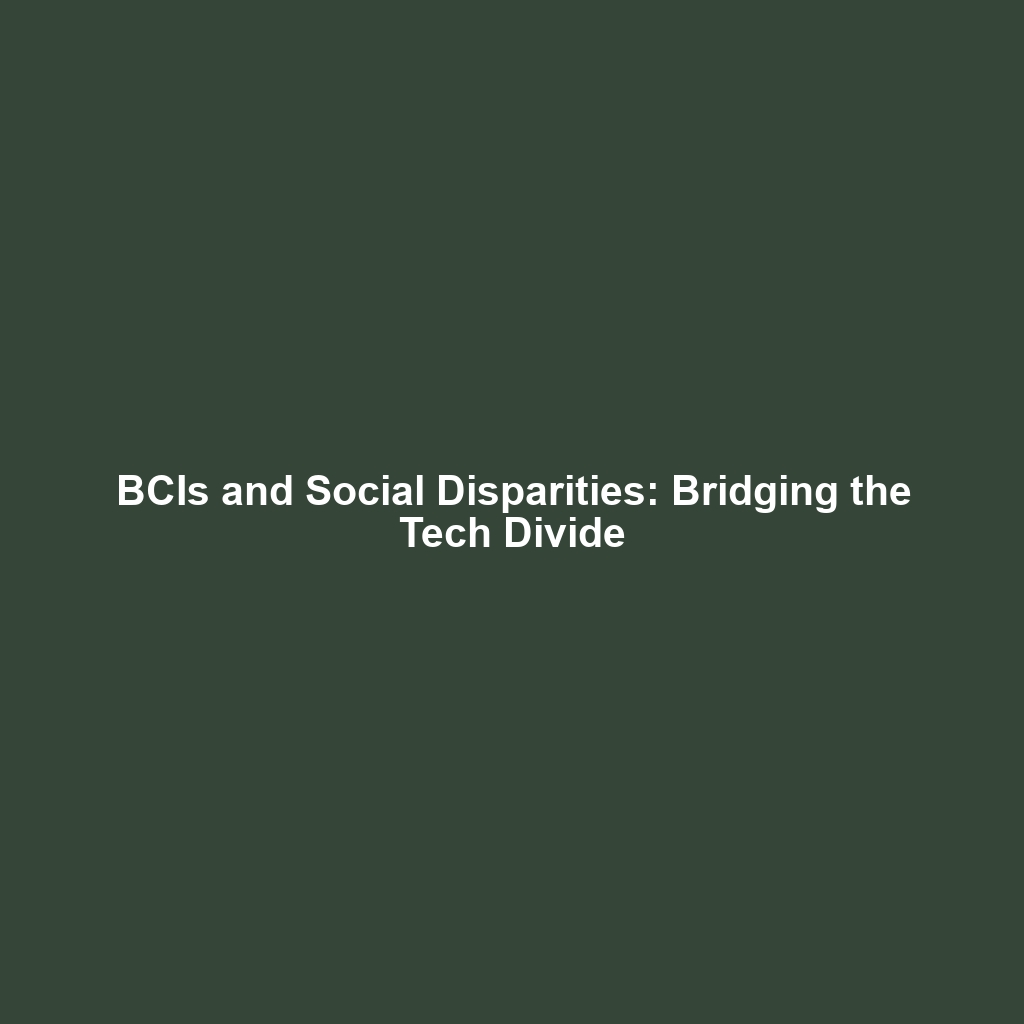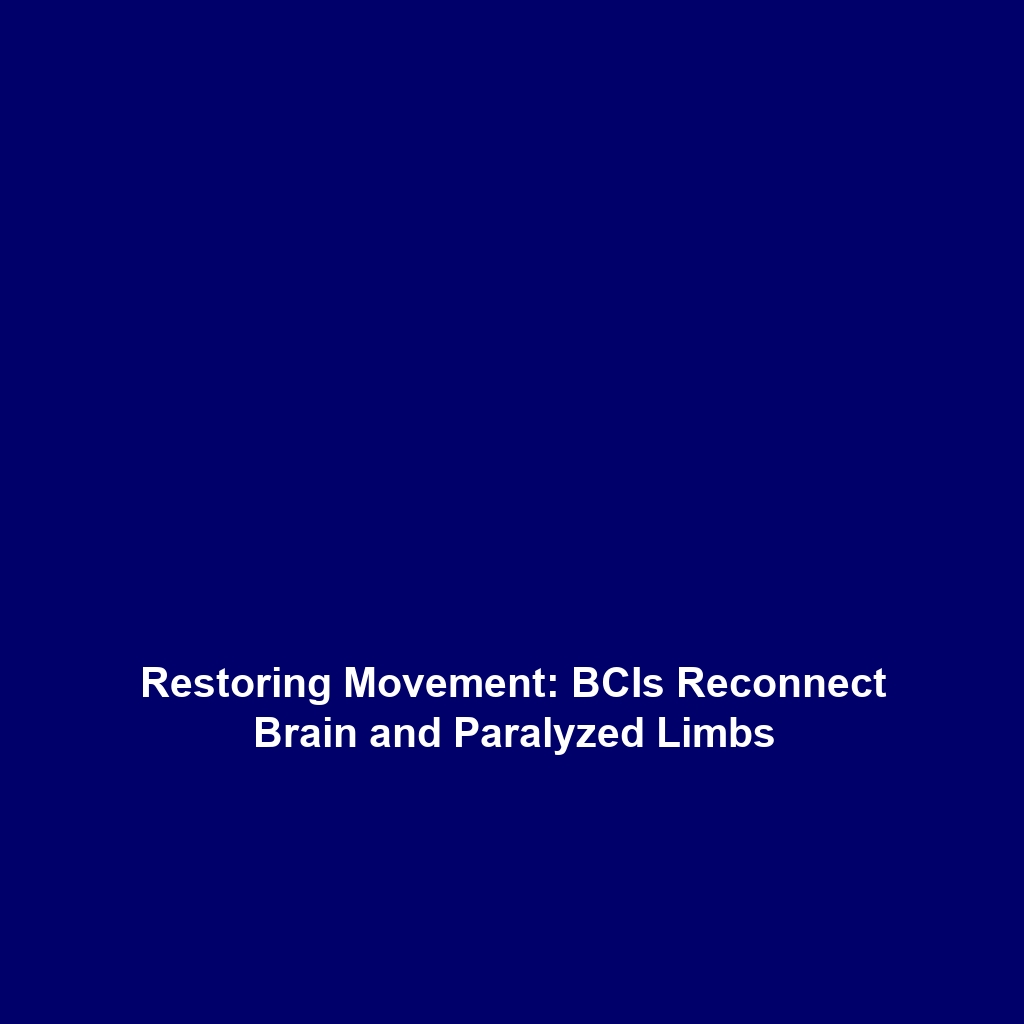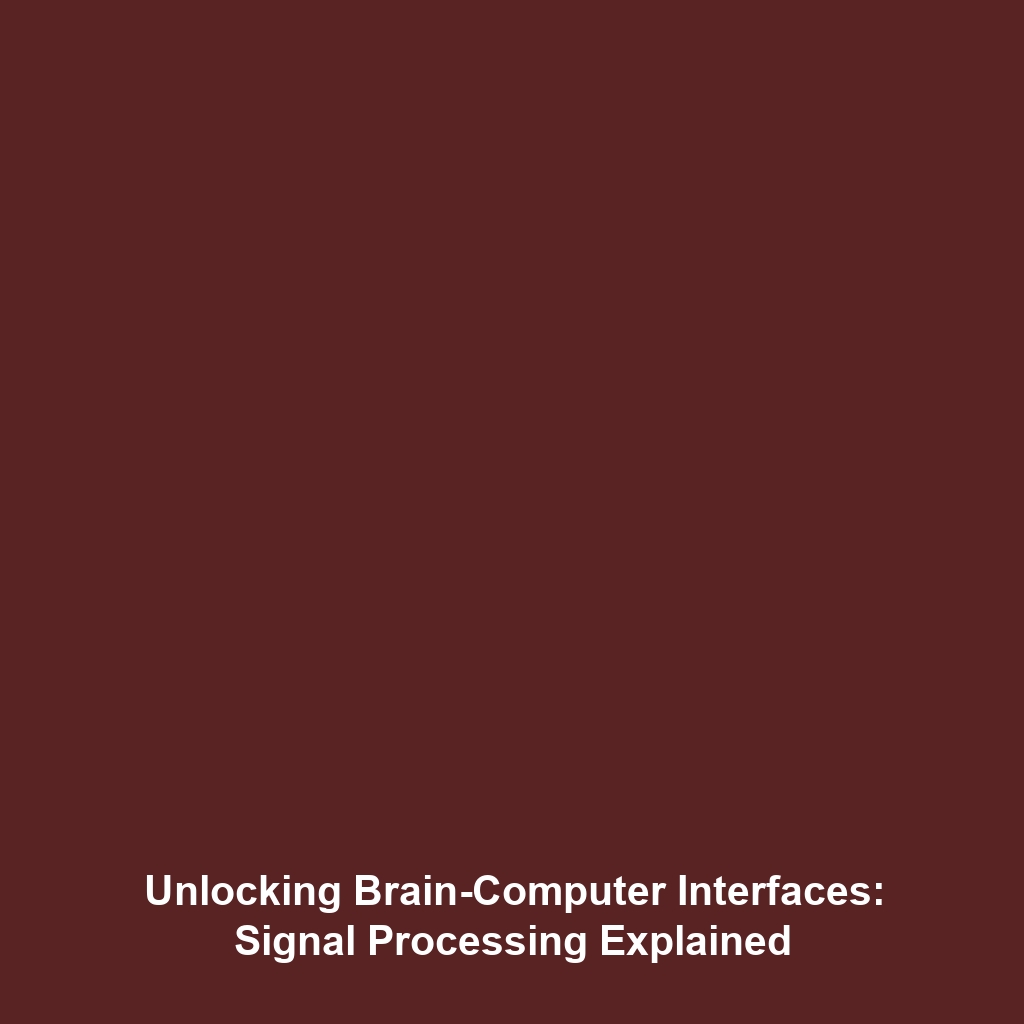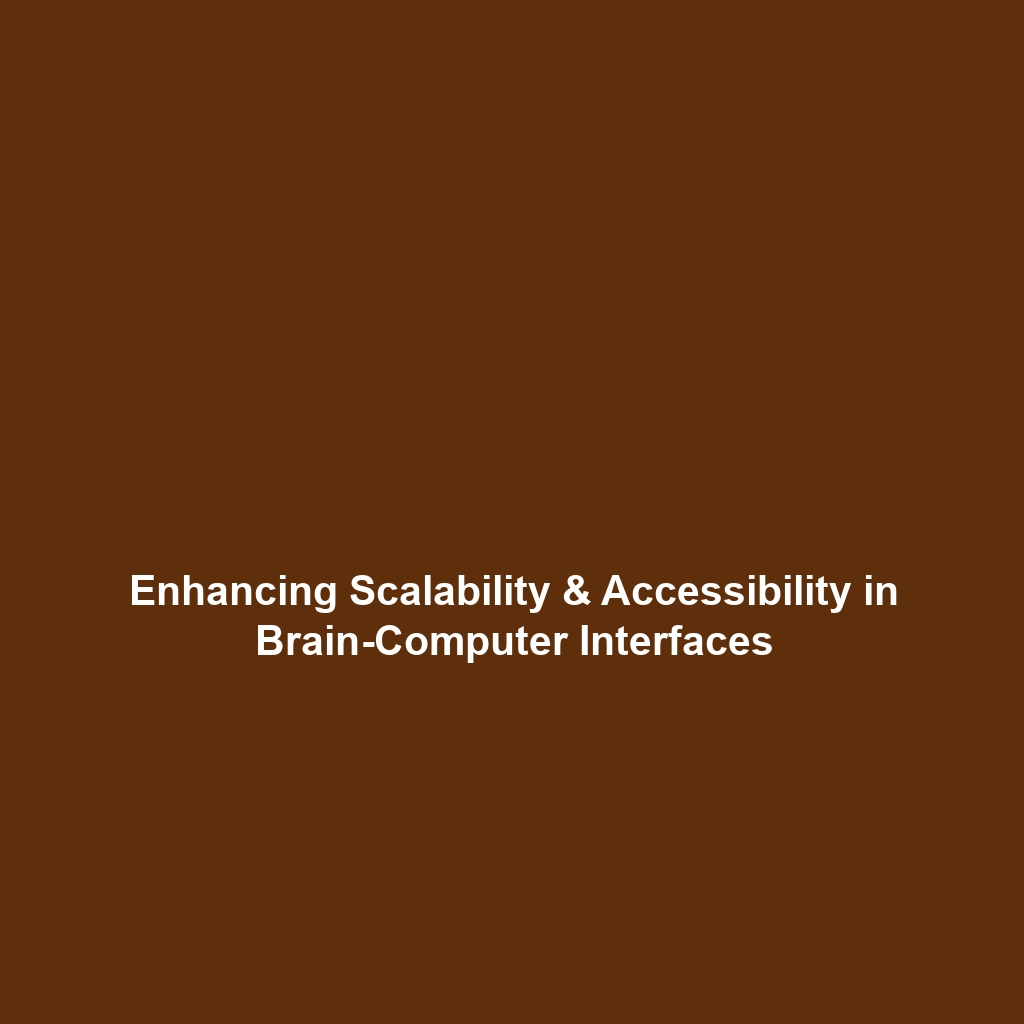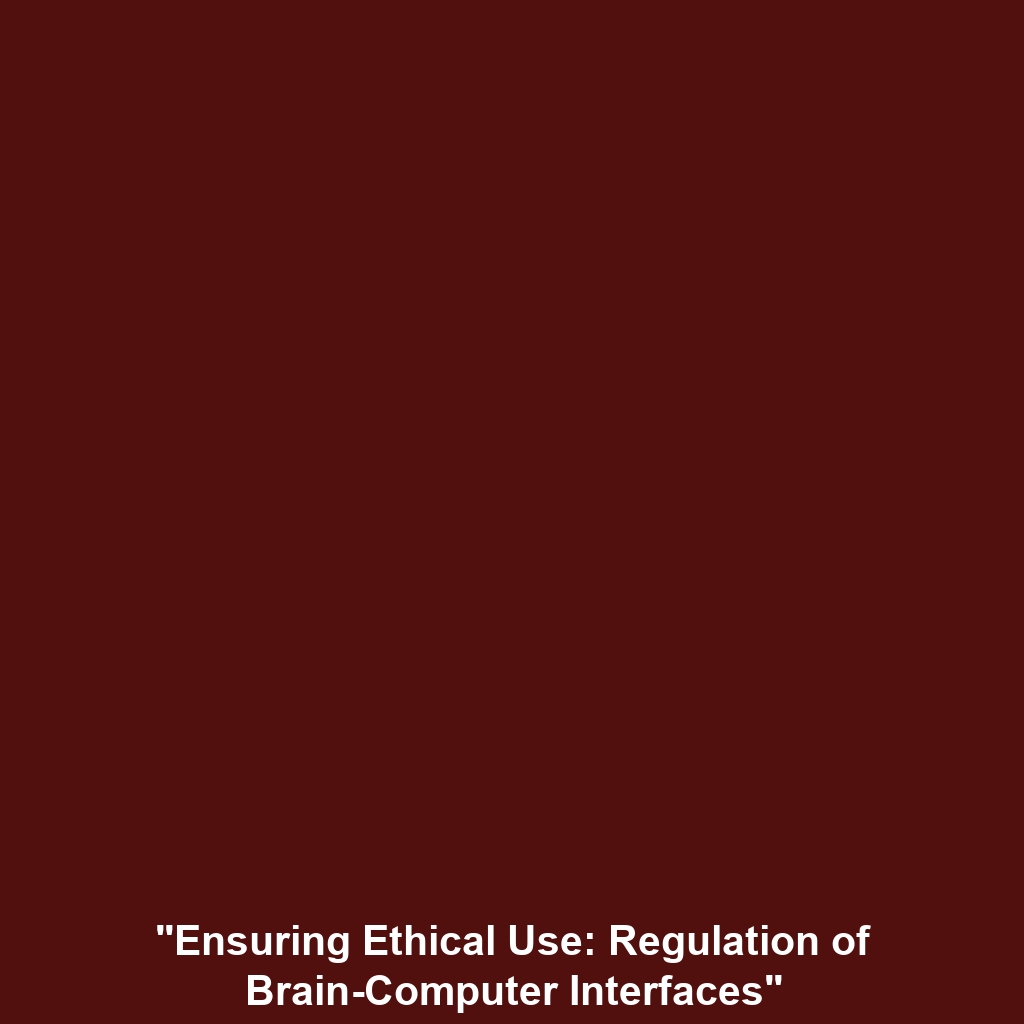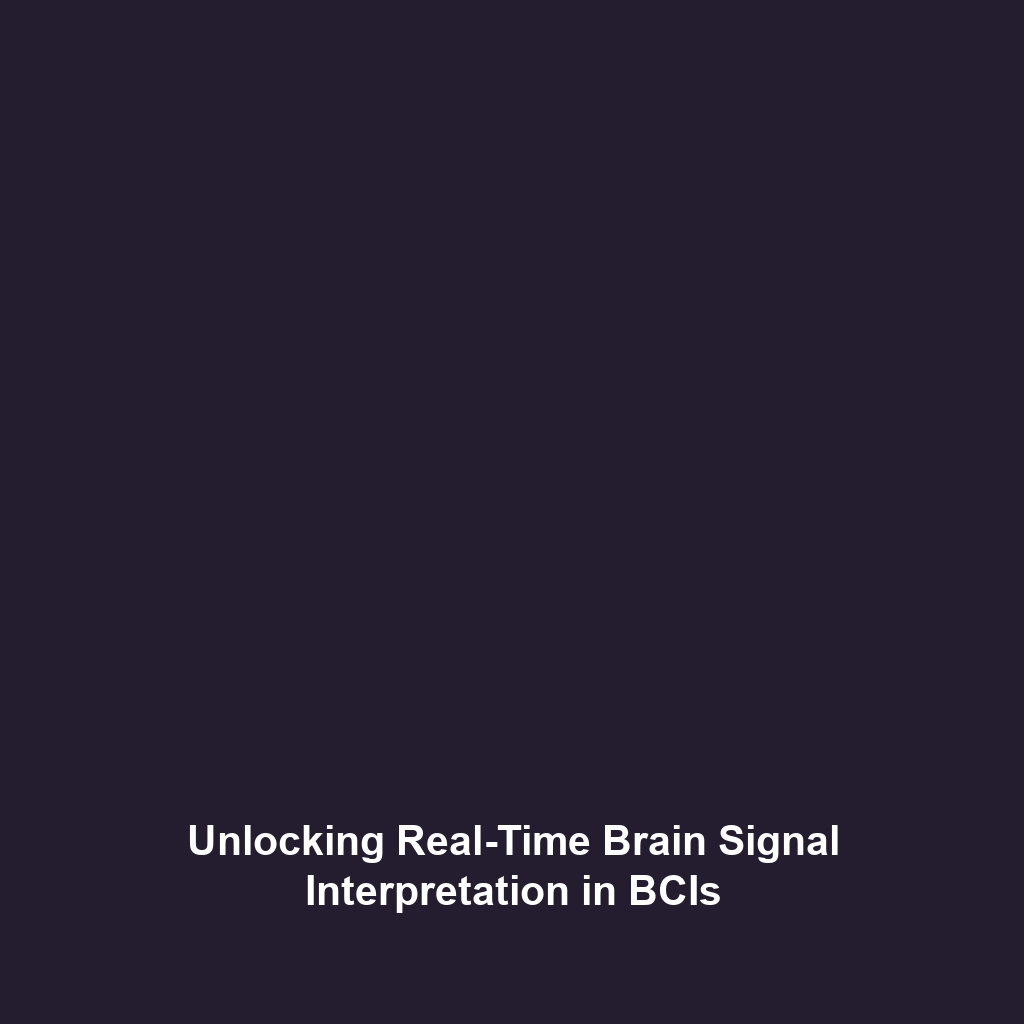Social Disparities in Brain-Computer Interfaces
Introduction
The emergence of Brain-Computer Interfaces (BCIs) presents unique opportunities for enhancing communication and improving quality of life for individuals with disabilities. However, as with many groundbreaking technologies, there is rising concern that BCIs might exacerbate social disparities. If access to advanced BCIs is restricted to wealthier individuals, the technology could deepen existing inequalities, particularly in healthcare and productivity sectors. This article explores the social implications of this technology, its applications, and the urgent need for equitable access.
Key Concepts
Understanding Brain-Computer Interfaces
Brain-Computer Interfaces are systems that enable direct communication between the brain and external devices. They translate neural activity into commands that can control computers or robotic limbs. Given their potential for life-changing applications, understanding how access to these technologies might be unevenly distributed is crucial.
Social Implications
The significant cost of advanced BCI technology raises concerns about who can benefit from these innovations. Access disparities could lead to:
- Increased healthcare inequity, where only affluent patients receive life-enhancing treatments.
- A digital divide, limiting technological engagement among economically disadvantaged groups.
- Societal stratification, where enhanced cognitive or physical capabilities are available only to the wealthy, further entrenching socioeconomic divides.
Applications and Real-World Uses
Understanding how social disparities affect the deployment of Brain-Computer Interfaces is crucial in addressing equitable access. Applications of BCI technology in healthcare are rapidly growing, including:
- Assistive devices for individuals with paralysis, enabling them to control their environments.
- Neurofeedback therapies that help in mental health treatment.
- Research tools for studying brain disorders, which could be limited to well-funded institutions.
Current Challenges
Despite the promise of BCIs, several challenges of social disparities persist, including:
- The high cost of developing and maintaining BCI systems.
- Regulatory hurdles that can stifle innovation in lower-income regions.
- Lack of awareness and education about BCI technology among disadvantaged communities.
Future Research and Innovations
Future research may focus on developing cost-effective BCI solutions and exploring innovative funding models to promote widespread access. Potential advancements include:
- Next-gen BCI technologies that leverage artificial intelligence to reduce costs.
- Simplified user interfaces to make devices accessible to individuals with varying levels of tech-savviness.
- Community-based programs aimed at educating and training individuals from all backgrounds on BCI technologies.
Conclusion
As Brain-Computer Interfaces evolve, addressing the social disparities surrounding access to this technology will be critical. Without actionable strategies to democratize BCI technology, we face the risk of further entrenching existing socioeconomic inequalities. It is imperative that policymakers, researchers, and technology developers work collaboratively to ensure that BCIs are beneficial to all, rather than a privilege for the wealthy. For more information on the implications of BCI technology and how to engage in equitable technological development, visit our other articles on neuroscience and social equity.
